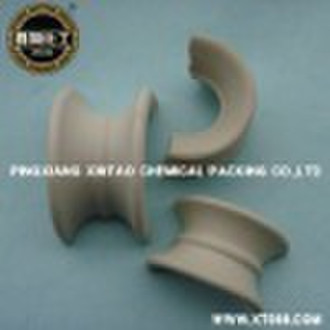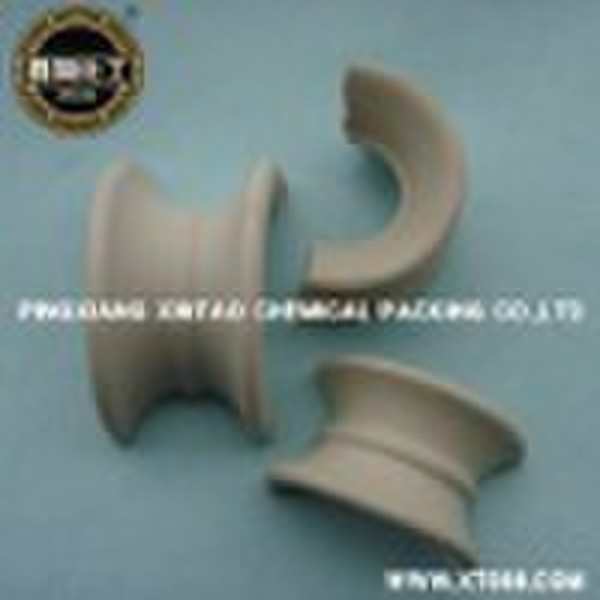Каталог
-
Каталог
- Автомобили и мотоциклы
- Безопасность и защита
- Бизнес
- Бытовая техника
- Бытовая электроника
- Детали машин и услуги по их изготовлению
- Дом и Сад
- Здоровье и медицина
- Игрушки и хобби
- Изделия из металла
- Измерительные и анализирующие приборы и инструменты
- Инструмент
- Красота и личная гигиена
- Мебель
- Мероприятия по охране окружающей среды
- Минералы и металлургия
- Модные аксессуары
- Обувь и аксессуары
- Одежда
- Освещение
- Подарки, сувениры
- Продовольственные товары и напитки
- Промышленное оборудование и техника
- Резина и пластмассы
- Сельское хозяйство
- Специальное оборудование
- Спорт, отдых и досуг
- Сток
- Строительство и недвижимость
- Текстиль и кожа
- Телекоммуникации
- Товары для офиса, учебы. Канцтовары
- Транспорт
- Упаковка и печать
- Химикаты
- Часы, Украшения, Очки
- Чемоданы, сумки
- Электронные компоненты, оборудование, принадлежности
- Электротехническое оборудование и принадлежности
- Энергия
Filters
Search
Керамические Intalox Седла

Joan Wu
Контактное лицо
Основные данные
| Место происхождения | Jiangxi China (Mainland) |
|---|---|
| Бренд | XINTAO |
| Тип | Керамические кольца |
| Применение | Промышленная керамика |
| Материал | Алюмооксидная керамика |
Introduction: Ceramic saddlehas excellent acid resistance and heat resistance. It can resist to corrosion of various inorganic acids, organic acids and organic solvents except hydrofluoric acid, and can be used in high or low temperature conditions. Consequently the application range is very wide. It can be used in the drying columns, absorbing columns, cooling towers, scrubbing towers and actifier columns in chemical industry, metallurgy industry, coal gas industry, oxygen producing industry, etc.Chemical composition SiO2Al2O3Fe2O3CaOK2O+Na2O>70%23-30%<1%<1-2%<2-4% Physical properties IndexValueSpecific gravity(g/cm3)2.25-2.35Water absorption(%)<0.5Acid-resisting strength, %Wt. Loss (ASTMc279)<4Firing temperature()1280-1320Softening point()>1400Density(kg/m3)2350Technical data Spec. (inch)Spec. (mm)Approx. weight (kg/m3)Surface area (m²/m³)Free volume (%)Packing factor (l/ft)1/21272062371.72003/4196883347313012568825373851.538640164755025057711577.4373766239275.524 Advantages These saddles are made from chemical porcelain and have excellent resistance to acids except in the case of hydrofluoric acid. Moisture absorption must less than half a percent. The porcelains specific gravity is 2.3-2.4g/cm3 and an average heat capacity (between 20 and 500 of 0.22 cal/g.) XINTAO ceramic saddles softening point is 1400 min. And they show good thermal shock resistance during repeated cycling between 20 and 820 . Thermal shock test for Intalox Saddles For example shipping the saddles over 80 M3: 1) Randomly pick 100-200 pieces of ceramic saddles for RTOs from the batch or shipment 2) For each sample selected, heat it up to 820 and maintain them at this temperature for 30 minutes. 3) Drop the hot pieces into cold 20 water 4) Repeat steps 2 & 3 for10 times on each and every piece in the sample lot. 5) Examine the pieces and count the percent that show clear signs of breakage and/or cracking. Our standard is less than seven (7%) percent.
Условия поставки и упаковка
Packaging Detail: Carton box, palletized + plastic film wrapped. Delivery Detail: Within 5 days for 20GP. (20 Cubic meter)
Порт: Shanghai & Shenzhen
Условия оплаты
Документы против приёмки
Документы за наличный расчёт
Аккредитив
Электронный перевод
Вестерн Юнион
-
Способы оплаты
Для оплаты товаров и услуг на нашем портале, Вы всегда получаете счет, в котором Вам необходимо самостоятельно указать свои данные.
Мы принимаем к оплате:









